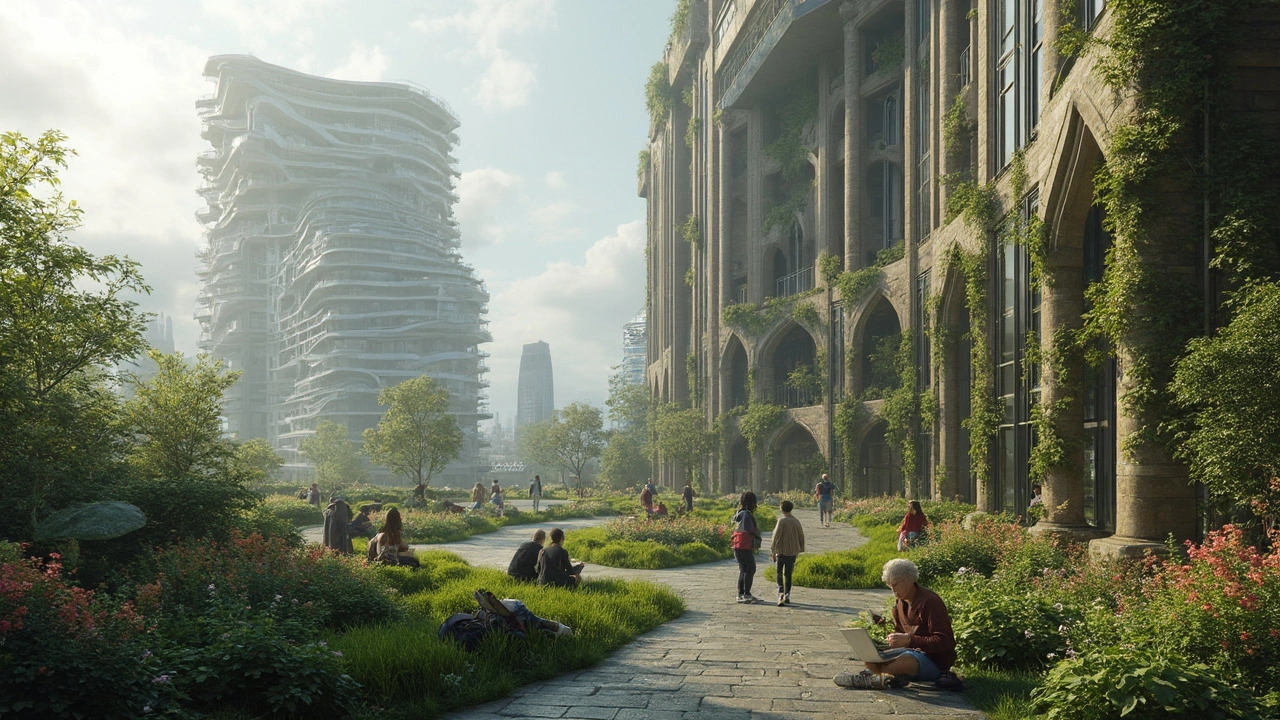Public Buildings: Practical Guide to Design, Use, and Preservation
Public buildings shape everyday life — they are schools, libraries, train stations, courthouses and town halls. When done well, they are easy to use, safe, and last a long time. This guide gives clear, practical ideas you can use whether you’re an architect, a city planner, or a concerned neighbor.
Good public buildings start with clear goals. Who uses the building and when? How many people will be there at once? Think about peak times like school drop-off or rush hour. Plan entrances and exits for smooth movement and keep main public services on the ground floor. That reduces confusion and helps people with limited mobility find what they need quickly.
Design that works
Make access simple. Wide doors, level thresholds, clear signage, and direct sightlines cut stress for users. Use durable materials that are easy to clean and repair — concrete, brick, and metal finishes perform well in busy places. Natural light matters: it reduces energy use and improves mood. Add shaded outdoor spaces to extend usable hours for warm seasons.
Balance security with openness. Avoid fortress-like walls; instead use controlled entry points, visible reception desks, and smart CCTV placement. Good lighting and clear sightlines often reduce problems more than heavy barriers. For schools or libraries, design flexible rooms that can become larger or smaller with sliding partitions.
Keeping buildings useful
Plan for change. Public needs shift faster than you expect. Design floorplates that can be adapted to new uses without major demolition. Install extra capacity for HVAC and wiring so technology upgrades are simpler later. Choose finishes and fixtures that are replaceable in sections, not whole walls.
Preserve historic public buildings by making small, reversible changes. Keep original facades but update systems like plumbing, wiring, and insulation behind the scenes. When funds are tight, focus first on weatherproofing — fixing roofs and windows saves more money over time than cosmetic upgrades.
Community input improves outcomes. Hold short, focused meetings where people can point out daily pain points: where buses stop, where crowds form, which stairs are slippery. Use quick surveys and a couple of site visits to surface real problems fast.
Budget smart. Prioritize safety, accessibility, and basic comfort before aesthetic splurges. Use life-cycle costing: sometimes a pricier material pays off with lower maintenance over decades. Consider energy measures that pay back quickly, like LED lighting, better insulation, and efficient boilers or heat pumps.
Examples help. Think of a small town that converted an old post office into a library with meeting rooms and co-working desks. The shell stayed the same, but new plumbing and flexible furniture made the space useful for twice as many activities. That’s adaptive reuse: cheaper than new builds and better for the neighborhood.
Public buildings matter because they affect daily routines. Design them to be clear, safe, flexible, and easy to maintain. Small decisions at the start cut costs and headaches later — and make places people actually want to use.
Quick checklist: ensure clear wayfinding, prioritize accessible routes, choose low-maintenance finishes, install efficient HVAC, and plan flexible rooms. Test designs with real users before building, and set aside funds for routine upkeep. Small upfront choices like these save money, reduce repairs, and keep public buildings useful for decades while boosting community trust and pride.

Reimagining Federal Architecture in the 21st Century
Federal architecture is getting a 21st-century makeover. Forget the predictable and the mundane, this new design wave blends practicality with breathtaking aesthetics. Be prepared to see eco-friendly materials and innovative spaces that serve public functions while nurturing communities. This article dives into how federal buildings are transforming, shedding the old for something impressively new and vibrant. Dive in and discover the fresh face of our public structures.
Read more